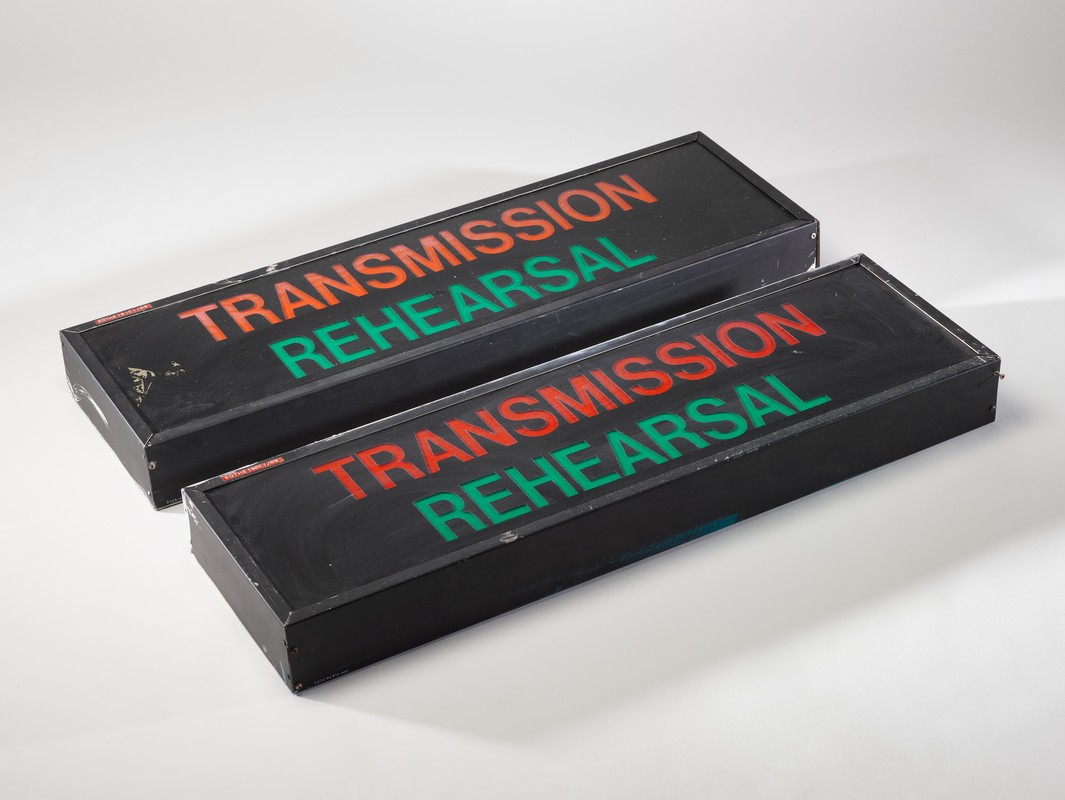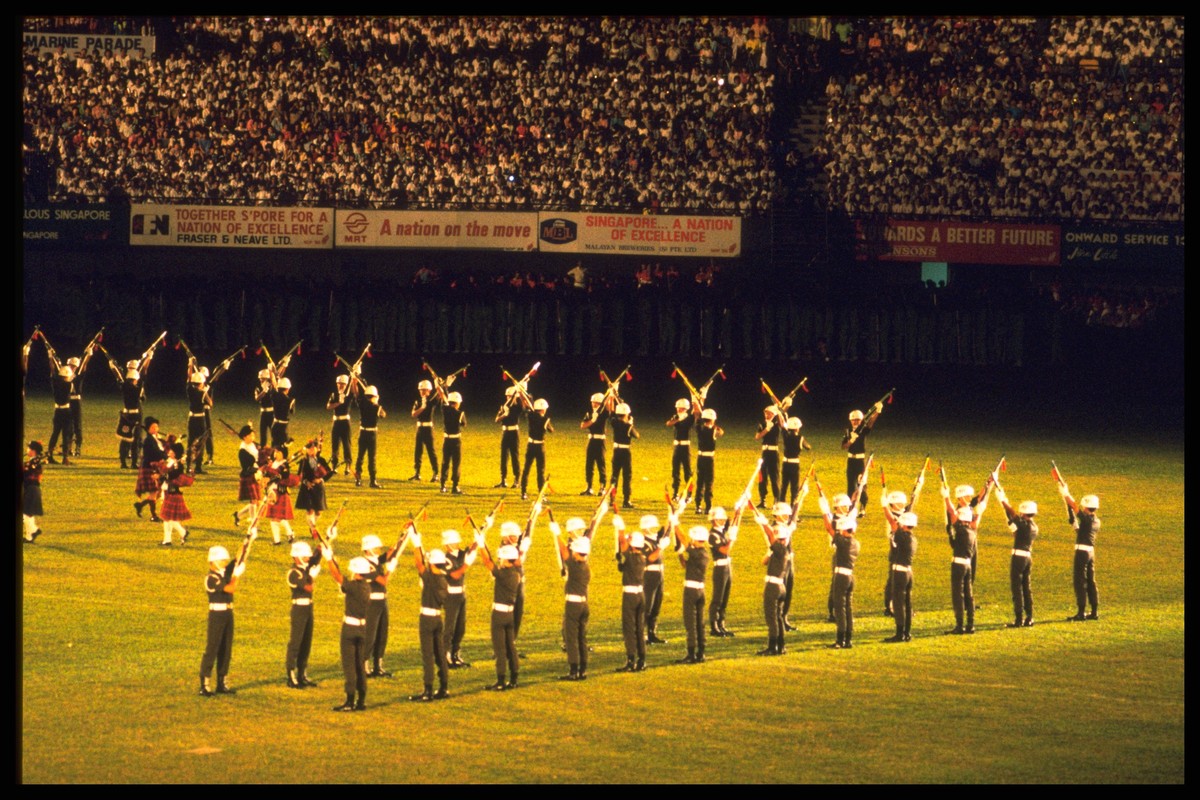Lianhe Zaobao: Singapore’s leading Chinese daily
Singapore’s leading Chinese daily Lianhe Zaobao is the primary product of the merger of Nanyang Siang Pau and Sin Chew Jit Poh. It was launched with evening daily Lianhe Wanbao on 16 March 1983. When it was first published, Lianhe Zaobao’s name was not prominently featured on its own masthead — the focus was on “Nanyang” and “Sin Chew” instead, as the latter two boasted long histories and had loyal followings. One must therefore take Lianhe Zaobao’s two predecessors into account when tracing its history.
Both Nanyang Siang Pau and Sin Chew Jit Poh were established in Singapore in the 1920s. The former was founded on 6 September 1923, and the latter on 15 January 1929. Lianhe Zaobao’s celebration of its 100th anniversary in 2023 indicates that it dates its history back to the founding of Nanyang Siang Pau.
The founders of Nanyang Siang Pau and Sin Chew Jit Poh were Tan Kah Kee (1874–1961) and Aw Boon Haw (1882–1954) respectively. The two were prominent businessmen who used their newspapers to publicise their respective commercial activities, but apart from that, they both upheld the traditional Chinese principles in running newspapers, namely disseminating information, guiding public opinion, educating the public, and promoting Chinese culture.
Like typical pre-war Chinese newspapers in Southeast Asia, Nanyang Siang Pau and Sin Chew Jit Poh did not merely concern themselves with local political and economic happenings but also closely followed the political developments of China. After Singapore became independent in 1965, as a sense of national identity gradually took shape, local newspapers adjusted their stance accordingly and removed their China-centric lenses to focus more on local news and public sentiments. In addition to reporting on and lending a voice to local Chinese communities, both newspapers also made every effort to reflect the characteristics of Singapore’s multi-racial society.
Following the separation of Singapore and Malaysia in 1965, both Nanyang Siang Pau and Sin Chew Jit Poh started independent operations in the two countries. While the two newspapers in both regions retained their original names, their content and focus differed significantly. Malaysia’s Nanyang Siang Pau and Sin Chew Daily are still in operation today and are published by Media Chinese International Limited.
The 1970s were a time when Singapore’s Nanyang Siang Pau and Sin Chew Jit Poh flourished and tried out new approaches, including the adoption of simplified Chinese characters and horizontal layouts. These changes were inherited by Lianhe Zaobao after the merger and continue to this day. Both Nanyang Siang Pau and Sin Chew Jit Poh were later listed as public companies in 1977. Nanyang Siang Pau went public first on 24 September and was listed for trading on 31 October; the latter followed suit on 21 October and 19 November respectively.
The consolidation of the two newspapers into Lianhe Zaobao was first announced in a statement from Singapore’s Prime Minister’s Office on 20 April 1982, which stated that Nanyang Siang Pau and Sin Chew Jit Poh were to combine into a holding company. The merger was finalised in September of the same year, and the company was named Singapore News and Publications Limited (SNPL).



After the merger
Lianhe Zaobao and Lianhe Wanbao were first housed in the original premises of Nanyang Siang Pau in Alexandra Road after the merger. The arrangement was less than ideal, as former employees from Nanyang Siang Pau and Sin Chew Jit Poh were all crammed under one roof. Singapore News and Publications Limited then decided to build a news centre that included offices and printing facilities on Genting Lane. The move was completed in 1985.
By then, the newspaper industry in Singapore had undergone a transformation — three newspaper groups, namely SNPL, The Straits Times Press Limited, and Times Publishing Berhad, had merged into Singapore Press Holdings Limited in August 1984. The board chairmen of all three companies issued a joint statement which explained that the main reasons for the merger were:
- To avoid enormous annual and additional capital expenditures.
- To pool financial and human resources to build a large-scale publishing agency.
- To establish a common vision for newspapers of different languages and continue to raise the standards of their content.
In the 1980s, as the number of English-speaking Singaporeans increased, English dailies naturally became readers’ first choice. Lianhe Zaobao’s strategy to compete for bilingual readers was to provide comprehensive coverage as far as possible, while leveraging its strengths. These included enhancing its reporting of local news and stories from the Chinese community, as well as general and financial news from China, Hong Kong, and Taiwan, making sure public sentiment and voices of the Chinese community were fully reflected through its opinion pages. It also offered interesting content through its diverse supplement pages. Furthermore, the language the paper used had to be accessible yet refined, catering to readers of all ages and language proficiency levels.
Promoting Singapore’s Chinese culture
In addition to fulfilling its role as an important news publication, Lianhe Zaobao — along with other Chinese newspapers under Singapore Press Holdings — inherited the tradition of Chinese newspapers to promote Chinese culture while supporting the country’s multicultural policies. For instance, Lianhe Zaobao and Lianhe Wanbao jointly organised a Chinese book fair — the largest of its kind then — for the first time in 1986. The book fair later became an annual event and was rebranded, more than 30 years later, as the City Reading Festival in 2023. In 1987, the two Chinese newspapers also organised River Hongbao to celebrate Chinese New Year, garnering support from various sectors of the Chinese community. Since 1992, the event has been jointly organised by the Singapore Federation of Chinese Clan Associations, Singapore Press Holdings, Singapore Chinese Chamber of Commerce & Industry, Singapore Tourism Board, and People’s Association. It is still a major annual event that attracts millions of visitors every year.
Over the years, in order to expand its scope, reinforce its authority as a source of news, and enhance its supplements, Lianhe Zaobao has been seeking more writers in Singapore, as well as establishing partnerships with newspapers or news agencies in the region to share news and articles. The newspaper’s guiding principle for international news is to always observe and report from Singapore’s perspective. It has been sending journalists abroad since 1987, and currently has correspondents in areas including Mainland China, Hong Kong, Taiwan, Japan, Korea, and Malaysia.
In March 1990, Singapore Press Holdings underwent a restructuring. Lianhe Zaobao, Lianhe Wanbao, and Shin Min Daily News came to be grouped under Chinese Newspaper Group (now Chinese Media Group), with the editorial departments of each newspaper remaining independent. While adhering to common editorial policies and general principles laid out by the company, each made their own decisions on editorial content and style, and the way news, opinions, and supplements were handled. The three newspapers kept up a healthy competition among themselves in a bid to raise their standards of their services to readers.
Full computerisation
Lianhe Zaobao became fully computerised in 1991. From reporters’ copies to the pages that editors laid out, everything was digitised — a first in the world for a Chinese newspaper. It was also the first foreign Chinese-language newspaper to be authorised for public distribution in China in 1993, and the first Chinese newspaper to go online when its website was set up in 1995. This was a major milestone as it allowed Lianhe Zaobao to reach out to a worldwide digital readership.
With the arrival of the new millennium, Singapore Press Holdings (SPH) set up a subsidiary, SPH MediaWorks, to compete with Mediacorp in the television broadcasting industry. With the launch of Channel U the following year, the employees of SPH’s Chinese and student newspapers, including Lianhe Zaobao, got involved in producing television news as well. This lasted nearly four years before SPH and Mediacorp merged their television operations in September 2004, ending the competition between the two companies, with Channel U taken over by Mediacorp.
Online and offline interaction
The era of Web 2.0 had arrived by the time the simultaneous operation of print and television came to an end for local Chinese newspapers. Traditional print media had to take on an all-encompassing approach using new media to adapt to the ever-changing digital age. At the end of 2011, Lianhe Zaobao launched its app. In November 2013, the newspaper’s website underwent an overhaul so as to better serve the different needs of readers in different regions. Zaobao.sg was launched for Singaporean readers, while zaobao.com continued to focus on the China market. In 2015, Lianhe Zaobao attempted its first live broadcast on the night of Singapore’s general election in collaboration with other Chinese newspapers and websites under the Chinese Media Group, reporting and analysing the elections’ results in real time. An enhanced version of zaobao.sg took off on 8 September 2016 as a one-stop website that integrated the content of Lianhe Zaobao, Lianhe Wanbao, and Shin Min Daily News and included a diverse series of videos, animations, and other interactive multimedia content.
Besides developing online platforms, Lianhe Zaobao promotes culture and interacts with its readers offline. In 2011, the newspaper began holding charity events and also started the annual “Word of the Year” voting competition. In 2014, it started conducting newspaper-reading sessions as a community service together with Lianhe Wanbao. This is a weekly event in which newsmakers and volunteers join elderly in the neighbourhoods to discuss the week’s events.
In 2017, the news desks of Lianhe Zaobao and Lianhe Wanbao were merged into the Chinese Media Group NewsHub. This mode of operation, in which a singular NewsHub team contributed to the two newspapers as well as zaobao.sg, ceased after the closure of Lianhe Wanbao in December 2021, and team members were reassigned to Lianhe Zaobao to serve both the physical newspaper and digital platform.
On 1 December 2021, Singapore Press Holdings divested its media business and transferred it to SPH Media Trust, a company limited by guarantee chaired by former minister Khaw Boon Wan, marking a new era in the local newspaper industry. Upon learning that SPH Media Trust is a recipient of government funding, some members of the public expressed concern that this would affect the impartiality and professionalism of journalists, as well as the independence of newsrooms. In response, Lee Huay Leng, the Editor-in-Chief of Chinese Media Group, made a promise to readers in Lianhe Zaobao that the newspaper would continue to adhere to the principles of professional journalism, focus on producing high-quality news, and continue to pursue its strengths as a public good.
In 2023, Lianhe Zaobao commemorated its 100th anniversary with a series of celebratory activities. It has developed through the years into an all-rounded multimedia news platform and is no longer merely a physical newspaper.
| Former editors | |
| 1983: Mok Lee Kwang, Loy Teck Juan | 1995: Lim Jim Koon |
| 1986: Loy Teck Juan | 2011 to present: Goh Sin Teck |
| 1993: Lim Jim Koon (acting editor) | |
This is an edited and translated version of 新加坡最主要的华文日报:《联合早报》. Click here to read original piece.
Quek, Sy Mung, ed. Women: Lianhe Zaobao koushu lishi [Our Story, An Oral History of Lianhe Zaobao]. Singapore: Lianhe Zaobao, 2023. | |
Lianhe Zaobao. “Shiji zaobao” [A scroll through a century]. | |
Lim, Jim Koon, ed. Women de qishi nian, 1923–1993 [History of Chinese newspapers in Singapore, 1923–1993]. Singapore: Singapore Press Holdings, 1993. |










